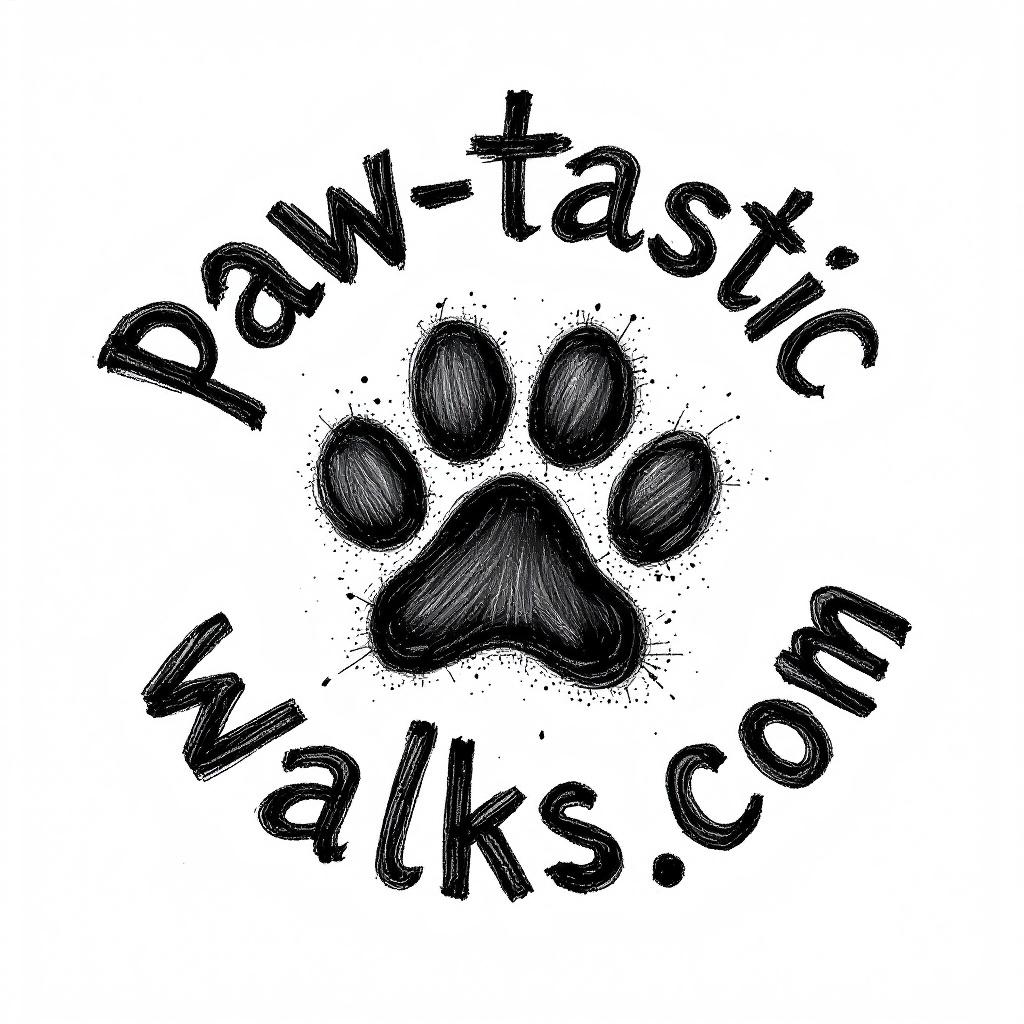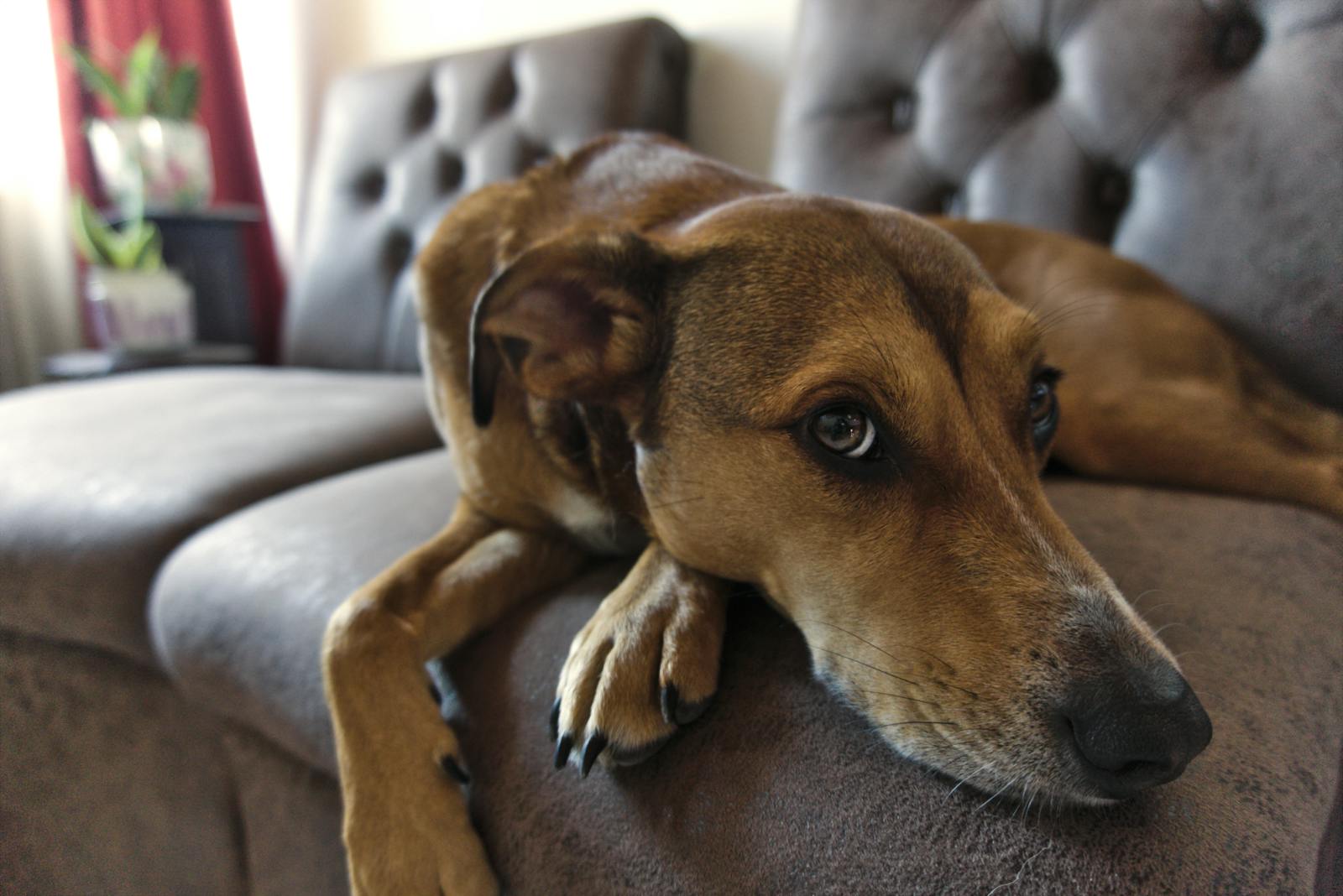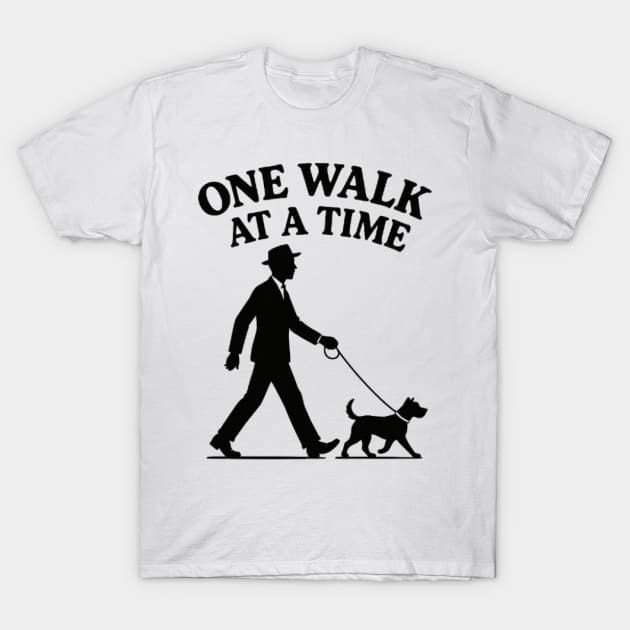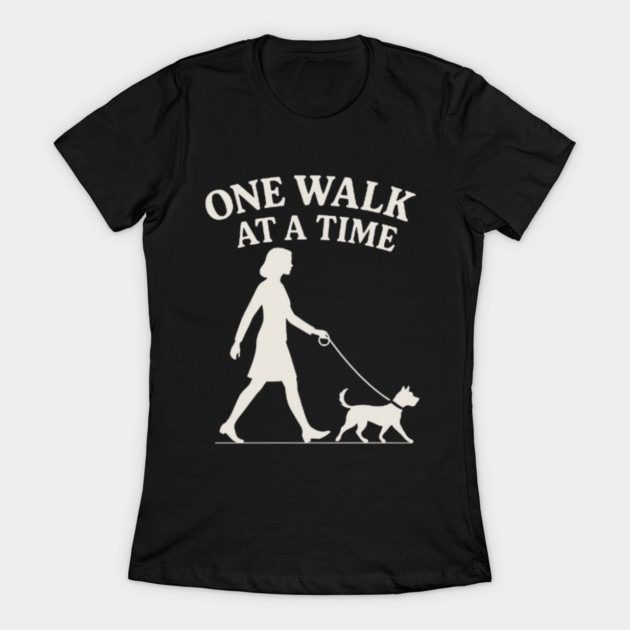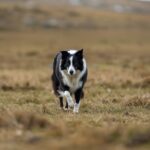Practical Tips for a Smooth, Happy Start
Rescue Dog Adjusting to New Home? Discover simple tips to help your new pup settle in. Support a smooth start with gentle guidance and plenty of patience.
Bringing a rescue dog home is both exciting and a bit nerve-wracking. If you’re wondering how to help a rescue dog adjust to a new home, the key is patience, routine, and daily care.
A calm, predictable environment paired with regular dog walking services can make a huge difference for your new friend.
As a local dog care provider in East Cornwall, I understand the needs of both nervous rescues and busy families.
Consistent routines, such as daily dog walks or using a reliable dog walker, help build trust and comfort. Including gentle puppy walking services and group dog walks can also do wonders for their confidence.
If you’re searching for “pet walking near me,” or want tips for smoother transitions, you’ve come to the right place.
There are plenty of ways to support your rescue dog’s journey, from choosing the best dog harness for large dogs to comparing local dog walking rates. With a little support, your new companion will soon feel right at home.
For more information about rescue dogs and how they adapt, check out this brief overview from Wikipedia.
Understanding the Transition: What Your Rescue Dog is Experiencing
Bringing a rescue dog home is a big moment for both dog and owner.
While your heart is in the right place, it’s easy to forget that a rescue dog adjusting to a new home is processing a lot of new sights, sounds, and routines at once.
Using clear steps and steady support, you can make this transition smoother for everyone involved.
The Three-Three-Three Rule: A Guideline for Rescue Dog Adjustment
 Photo by Mikhail Nilov
Photo by Mikhail Nilov
The “3-3-3 rule” is a simple guide to help you understand what your new friend might feel as they settle in.
Imagine the process as a layered journey:
- 3 Days: Everything is new. Your dog may seem shy, sleep a lot, or avoid eating. Some dogs hide or curl up in corners; others will pace and whine. This is normal and just means they’re trying to feel safe. Give them a calm space and gentle, structured routines.
- 3 Weeks: Curiosity starts to show. Your dog may test boundaries, sniff every corner, or even forget basic manners. This is when daily dog walks and group dog walks help build trust and confidence. Activity and play, combined with steady routines, help your dog relax.
- 3 Months: This is often when a rescue feels “at home.” You may notice a playful or affectionate side come out. Training becomes easier, and shared dog exercise services boost their confidence. At this stage, a reliable dog walker or professional dog walker fits naturally into their life, letting them socialize and enjoy new places.
To learn more about this helpful guideline, check out the detailed breakdown of The 3-3-3 Rule.
You have to be patient and give your new dog time to bond with you and your family. This can take a variable amount of time depending on the dog breed.
If your schedule is unpredictable, don’t worry. Adding regular dog walking services or even dedicated puppy walking services keeps energy levels balanced and helps your dog make friends.
Early Warning Signs of Stress & How to Help
The adjustment journey isn’t always smooth. Some rescue dogs show stress or anxiety, especially during early days.
How can you spot when your dog isn’t coping well?
Here are common signs your rescue dog might be feeling overwhelmed:
- Hiding or avoiding people
- Shaking, trembling, or excessive panting
- Refusing food or water
- Toileting accidents indoors
- Excessive licking, chewing, or barking
According to Wikipedia, it’s normal for rescue dogs to carry emotional baggage from past experiences. You might notice regression—where a dog forgets training or seems to “go backwards” in behaviour.
This is a cry for reassurance, not a sign of failure.
To support your rescue through the tough patches, try these simple steps:
- Keep a calm and predictable routine. Dogs thrive on knowing what comes next.
- Explore new places with short local dog walks. Let them see and sniff, but don’t rush.
- Use professional dog walking services if you notice restless or destructive behaviour and can’t always provide daily dog walks yourself. Sometimes a new face or extra exercise works magic.
- Don’t overlook the value of a quiet, safe resting area at home.
If you want a hands-on guide to spotting stress early (like noticing changes in your dog’s eyes or body language), review Signs Your Dog is Stressed and How to Relieve It.
Many nervous rescue dogs find peace with gentle routines and positive association.
For help managing walks around tricky situations, check out tips on dealing with loose or aggressive dogs and see if group dog walks or local puppy walking services help ease anxieties.
Feeling overwhelmed yourself? Start slow, use simple steps, and don’t hesitate to ask your local professional dog walker for support.
Regular exercise, familiar faces, and a little patience go a long way toward helping your rescue dog adjusting to a new home settle in for good.
Building Trust and Creating a Safe Environment at Home
A rescue dog adjusting to a new home needs more than just love. Consistency, safety, and social opportunities all help a nervous dog blossom.
You’re not just a pet owner—you’re building a foundation for your new friend’s confidence.
Let’s look at how daily routines and gentle socialization make your dog’s new world feel safe and calm.
Establishing Routines with Daily Dog Walks

Photo by Samson Katt
Dogs love knowing what comes next. For a rescue dog adjusting to a new home, predictable routines create trust.
Daily dog walks, set feeding times, and gentle handling all reassure your new companion that they’re safe.
Think of it as giving your dog a daily script to follow, which reduces anxiety and encourages good behavior.
Why do daily routines matter so much?
- Dogs are creatures of habit. Regular dog walking services or a professional dog walker help them learn what’s expected.
- Consistency in feeding and exercise gives structure, making each day feel safe and familiar.
- Even simple routines, like gentle brushing or short toilet breaks, help nervous dogs settle.
If you’re out or working odd hours, try a local dog walking service for regular walks. Many East Cornwall families choose group dog walks or puppy walking services to maintain a steady routine, especially when life gets busy.
Tips for creating a comfort zone:
- Stick to the same schedule for morning and evening walks.
- Use gentle commands for every walk, like “let’s go,” to signal what’s next.
- Choose dog walking rates that match your weekly needs, whether that’s daily visits or flexible sessions.
If you’d like a deeper explanation on why routines matter, check out this guide: Helping Your Rescue Dog To Settle Into Their New Home.
Routines help every rescue dog adjusting to a new home feel more secure—think of it as creating a map for your dog’s day.
Safe Socialization: Meeting People and Other Dogs
Careful introductions keep your rescue dog feeling safe. Socialization shouldn’t be rushed, especially when your new friend is still learning to trust.
Think of each greeting as a small step, laying the groundwork for confidence and calm around new faces.
How to safely introduce your dog:
- Start with calm, quiet settings at home.
- Let your dog approach new people or pets at their own pace.
- Reward calm behavior with treats or praise.
Group dog walks are perfect for gentle social exposure. With a reliable dog walker, your pet learns to connect with other dogs in a controlled way.
This technique supports your dog’s mental health and helps avoid fears down the road.
For a nervous rescue, dog exercise services and supervised group walks act as gentle practice. They build social skills in a safe environment, giving your dog a chance to observe, sniff, and gradually join in.
Safety tip: Always watch your dog’s body language. If your dog pulls back, tucks their tail, or whines, give them space.
For walks in public, stay alert and learn about dealing with loose aggressive dogs on walks to keep everyone safe.
Curious about the benefits of group outings? Read more in The Benefits of Group Walks: Awaken Your Dog’s Inner Wolf! to see how gentle group exercise can help even shy rescues.
If you need help with safe meet-and-greets or want to keep your dog active while you’re away, explore services like puppy walking and local dog walking for regular, stress-free social time.
And if you’re searching “pet walking near me,” a professional dog walker can guide your rescue dog adjusting to a new home with skill and care.
Rescue dogs thrive when their world feels safe, and every routine or friendly encounter is a building block for lasting trust.
With just a bit of structure and support, your new companion will soon feel right at home.
For background on dog social behavior, see Dog on Wikipedia for a helpful overview of canine communication and bonding.
Practical Tips: Out and About with Your Rescue
A rescue dog adjusting to a new home often needs more support when outside. The right walking routine and gear help make local adventures safe and enjoyable.
Here are simple steps to help you and your pup explore Cornwall with confidence.
Get this great design at our Teepublic Dogs Rock My World Store!
Choosing the Right Walking Gear

Good walking gear brings peace of mind on every stroll. For rescue dogs, comfortable and well-fitted harnesses and leads are more than style—they boost your control, support training, and help prevent pulling or escaping.
What should you look for?
- Collar fit: You should be able to slip two fingers under. Too loose and it slips off, too tight and it rubs.
- Harness style: A padded, adjustable harness distributes force across the chest and shoulders, preventing injury.
- Leads: Choose a sturdy, non-retractable lead for better control, especially in busy or unpredictable settings.
For unsteady or strong-pulling rescues, a front-clip harness helps reduce pulling and keeps walks positive.
Choosing high-quality gear supports both solo and group dog walks, making outings safer for everyone.
Thinking about upgrading? See advice on the best dog harnesses for large dogs for real recommendations that suit energetic rescues.
The right fit means more secure dawdles, better control during dog exercise services, and happy tails at the end of the lead.
Many professional dog walkers bring backup harnesses and know which gear is best for anxious pups. If you have questions, ask your local dog walking service.
They’re always happy to help with fitting, using, or recommending safe harnesses.
Available Today In mens & Womens Sizes
Group Walks and Local Dog Walking
Joining group dog walks or using local dog walking services can help shy rescues learn social skills and get used to new gear.
Regular outings build positive habits and show your dog what relaxed adventure feels like, with the reassurance of a professional dog walker nearby.
Weather, Safety, and Exploring Cornwall
Cornwall’s beautiful countryside offers endless adventures, but weather and local hazards add new challenges.
A little planning goes a long way, keeping your rescue dog’s safety front and center.
Walking in the rain
Rain doesn’t need to end daily dog walks. Many dogs don’t mind the drizzle, and some even love a splash.
Use a waterproof harness and towel your dog down after muddy strolls. To see when it’s safe and how to keep walks fun, find practical advice at can I walk my dog in the rain.
Local hazards and staying safe
Cornwall’s cliffs, beaches, and fields come with special risks, especially for nervous or excitable rescues:
- Keep dogs on leads near unfenced cliffs.
- Watch for livestock and wildlife—always keep control.
- Carry water, poop bags, and a basic first aid kit.
- Consider a GPS tracker for escape artists. Learn more at Tractive GPS dog tracker.
Safety is a true priority for anyone enjoying local dog walking. For tips and local advice, Tips for dog owners offers a Cornwall-specific guide.
Walking isn’t without risk, but most accidents can be avoided with a little caution.
For more on this, see is dog walking dangerous?, which covers common risks and how to keep outings pleasant.
When to seek extra help
Some rescue dogs struggle more with new environments, loud noises, or crowded places. Don’t push them too hard.
If your dog seems anxious or unmanageable, connect with a reliable dog walker for support or advice on dog walking rates.
They can plan suitable routes, manage tricky spots, and even build up your dog’s confidence in group dog walks.
For a scientific look at how environment can impact animal behavior, you can read more in this Wikipedia entry on Animal Behavior.
Staying mindful about walking gear, safety, and weather helps every rescue dog adjusting to a new home feel empowered to explore, sniff, and enjoy life in the great outdoors—one walk at a time.
Dog training plays a significant role in helping a rescue dog settle in.
Start with basic cues like “sit,” “stay,” and “come,” using gentle, reward-based methods. Short, positive sessions work better than long ones.
Don’t expect instant results—rescues need time to build trust before they can focus.
Conclusion
Watching a rescue dog adjusting to a new home is both rewarding and heartwarming. Gentle routines like daily dog walks, stable schedules, and patient care help rebuild trust, one step at a time.
With reliable dog walking services, group dog walks, and puppy walking services, each day becomes an opportunity for your dog to grow braver and more relaxed in their new world.
Support from a professional dog walker can make all the difference, especially for shy or energetic pups.
If you’re searching for “pet walking near me” or want to learn more about dog exercise services, a personal touch creates smoother transitions and lasting friendships.
Explore local dog walking options and advice on dog walking rates to find a routine that fits your family.
Every small win matters—whether it’s a calm walk in the rain (yes, it’s possible! can I walk my dog in the rain?) or seeing your rescue’s first wagging tail.
The journey may have bumps, but witnessing your new friend settle in is truly special. If you have stories or tips, feel free to share them and connect with others on the same path.
Thank you for caring and being a champion for rescue dogs. Your patience and kindness can transform lives—including your own.
For a deeper look at how dogs build bonds and adapt, check the Dog entry on Wikipedia.
